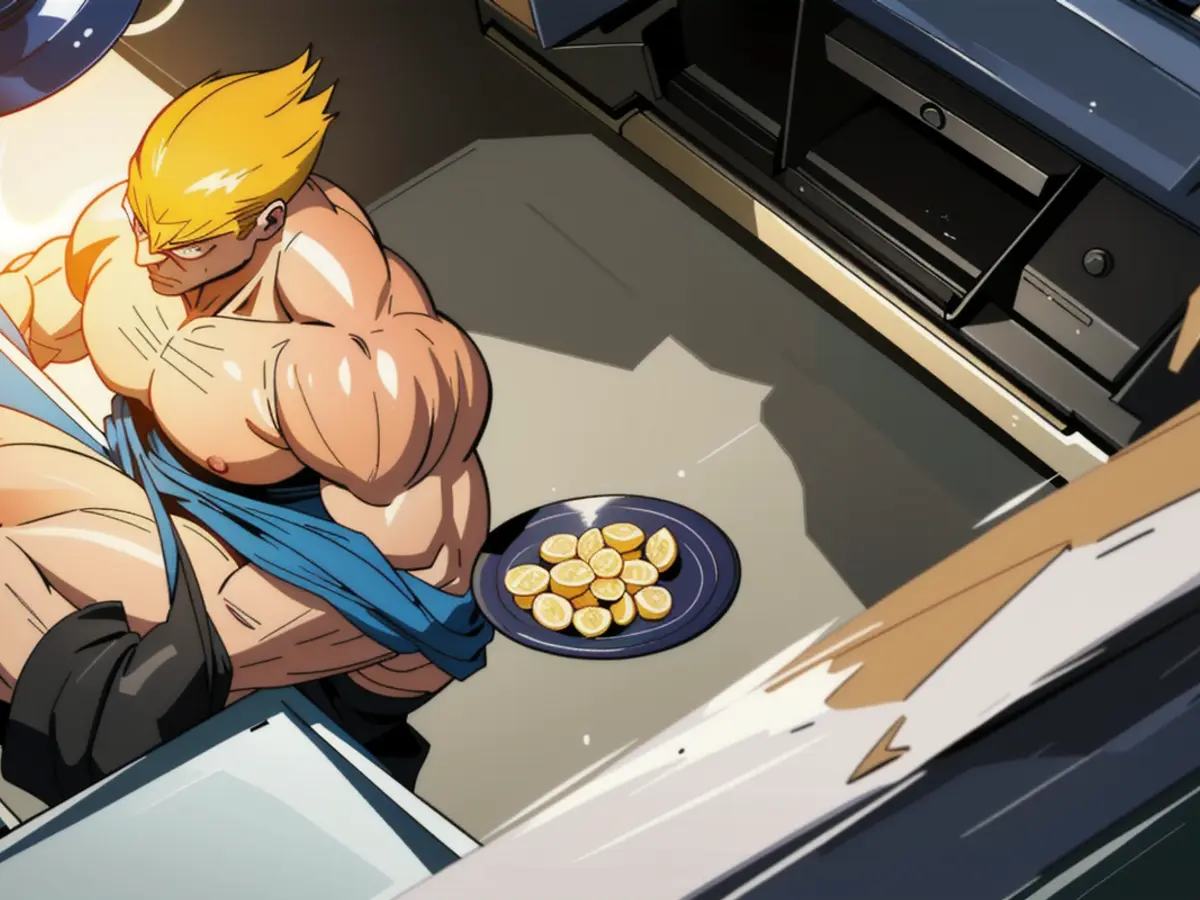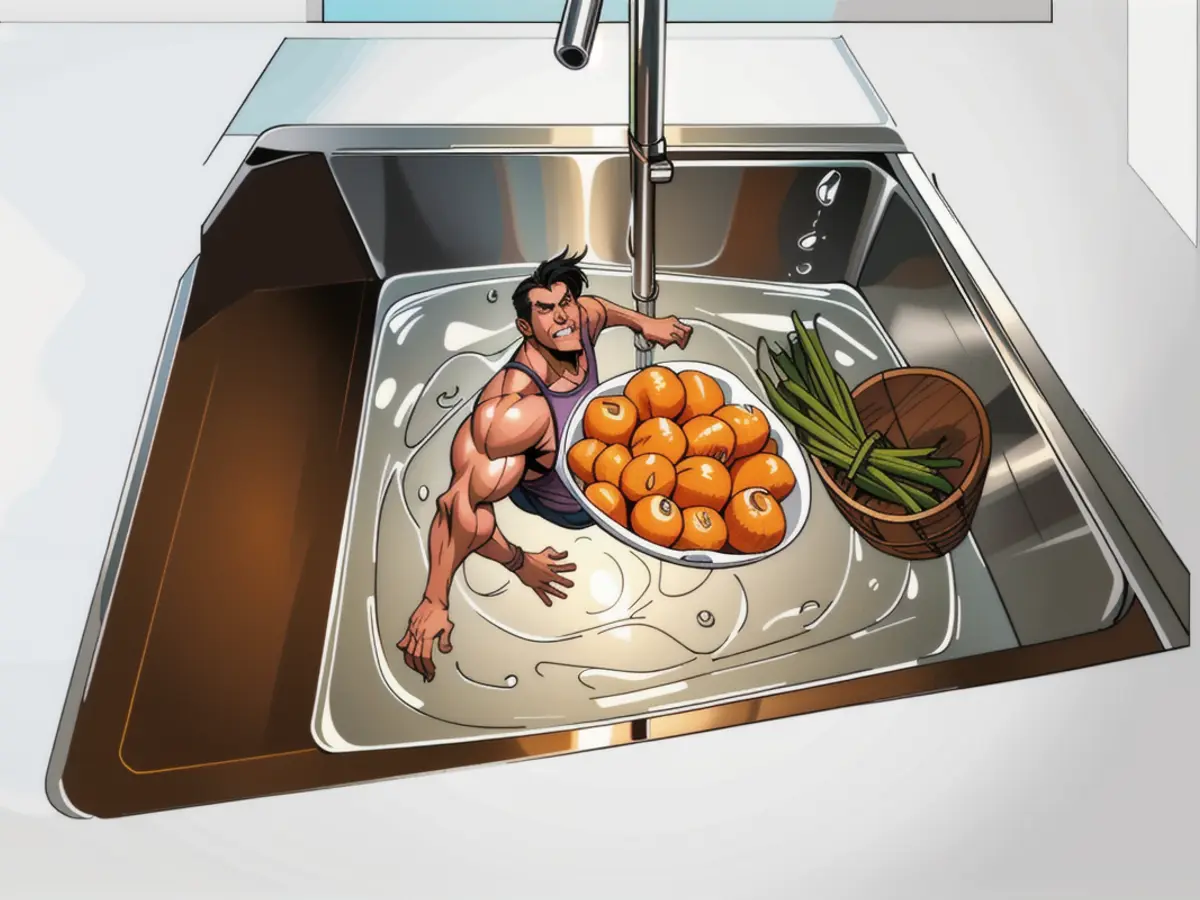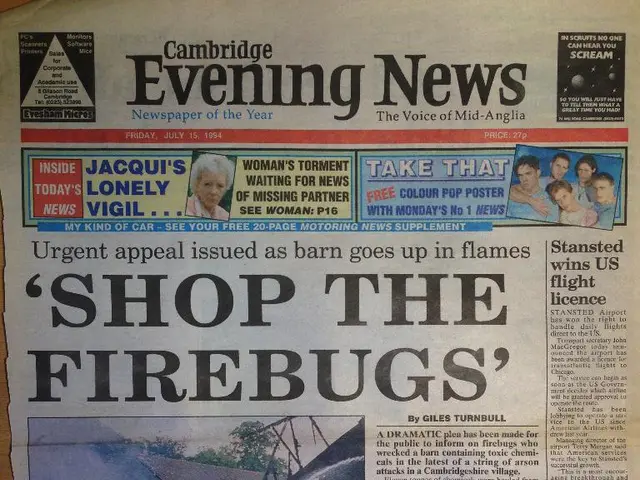Garbage Disposal Failure: Troubleshooting and DIY Fix Solutions
Kitchen's Best Mate: The Garbage Disposal
Can't stand the mountain of trash in your kitchen? Say goodbye to it with a garbage disposal at your side! Not only does it cut down on landfill waste, make cleaning up a breeze, and boost your home's value, it's also relatively straightforward to install and maintain. But what if yours starts acting up? Here are some common causes and simple solutions to get your trusty disposal up and running again.
Joseph Wade, vice president of operations at Benjamin Franklin Plumbing, and Justin Cornforth, owner of Ace Home Company, share their expertise.
The Best Defense: Preventive Measures
Before delving into the nitty-gritty of troubleshooting, let's first discuss what not to put down the disposal: rice, pasta, beans, fruit peels (like bananas, carrots, and potatoes), grease, butter, creamy pasta sauces, hard substances (such as seafood shells, nuts, and fruit pits), and twists of hair or other debris. These can damage your disposal and lead to unwanted issues.
1. Silent and Unresponsive Garbage Disposal
If your unit isn't making a sound, it's likely experiencing a problem with its electrical supply. The appliance might have been overloaded with too much waste, preventing it from functioning properly. To remedy this, first ensure the unit is plugged in.
"Yes, it sounds obvious, but you'd be surprised how easily a garbage disposal can be unplugged from its outlet under the sink," warns Wade. "Next, check your reset button on the plug. Push it in and try running the unit again. If it pops out again, you might need to seek professional help for your garbage disposal repair."

Don't forget to check the circuit breaker which supplies the unit. Reset the breaker if it has tripped. "If the breaker continues to trip, this is a sign of a more serious issue, and you should contact a professional," advises Wade.
2. Odd Noises
Are you hearing clanking, metal-on-metal, or clicking sounds? Most likely, a foreign object has found its way into the disposal. Whether it's a stray utensil, measuring spoon, or piece of jewelry, be cautious when attempting to retrieve it.
"Don't try to fish out the object with your hands," cautions Cornforth. "Use pliers or tongs instead, so as not to get snagged or cut."
3. Humming Noises
If your garbage disposal is humming, turn it off immediately. "You probably have a jammed flywheel," Wade explains. "Even though the reset button should trip before any damage can occur to the motor, you don't want to take any chances."
After turning off the power both at the unit and at the electrical panel, use an Allen wrench (or the tool that came with the unit) to manually free the flywheel. "Place the wrench in the proper hole and turn it clockwise until the flywheel freely moves," Wade explains. "Push down until you feel the flywheel break loose, then turn the power back on and see if that solves the problem."

In addition, you can try turning the impellers with a strong magnet from the outside. If you see that some fibrous foods are stuck, pour boiling water down first to soften the fibers and make them easier to remove.
If the disposal starts spinning but stops quickly, the motor capacitor might be the real problem.
4. Disposal Not Breaking Down Waste
If your disposal is running but not breaking down the waste, the issue might be stuck impellers, which are responsible for grinding up the food.
"Drop ice cubes mixed with salt inside the disposal to free them up," Cornforth suggests. "If it still won't grind well, the blades are dull, and you may need to replace the disposal."
5. Disposal Running, But Not Draining
If the disposal is running but your sink is backing up, this is likely a drain issue rather than a disposal issue.

"Disposals can only do so much if the pipes are clogged further down," explains David Lewis, owner at Mission AC and Plumbing.
For a simple solution, try plunging the sink. If the blockage still persists, you might need to take apart the P-trap under the sink to clean out the clog.
6. Unclogging a Drain with Baking Soda
If your drain is still not draining despite your best efforts, give this alternative method a try: pour 1/2 cup of baking soda down the drain, followed by 1 cup of white vinegar. Wait 15 minutes, then pour boiling water down the drain to clear the clog.
Did You Know?
- Modern garbage disposals were first introduced in the 1920s as a solution for the growing population of apartment dwellers who faced the challenges of limited space and disposal services.
- The earliest models were primarily manual, with users requiring a hand crank to grind the waste.
- In 2019, a study published in the journal Waste Management found that garbage disposals can reduce organic waste in landfills by up to 20%, making a significant impact on waste management and recycling efforts.
- Martha Stewart might find the preventive measures for garbage disposal useful, such as not putting rice, pasta, beans, and fruit peels down the disposal to avoid damage.
- If a garbage disposal is silent and unresponsive, it might be due to an electrical issue, and resetting the breaker or pushing the reset button on the plug could solve the problem.
- Justin Cornforth recommends using pliers or tongs carefully to retrieve foreign objects causing odd noises from the disposal, as attempting to fish it out with hands can lead to injuries.
- If a garbage disposal is humming but not functioning properly, it might be due to a jammed flywheel. In such cases, one can use an Allen wrench to manually free the flywheel or try turning the impellers with a strong magnet.







